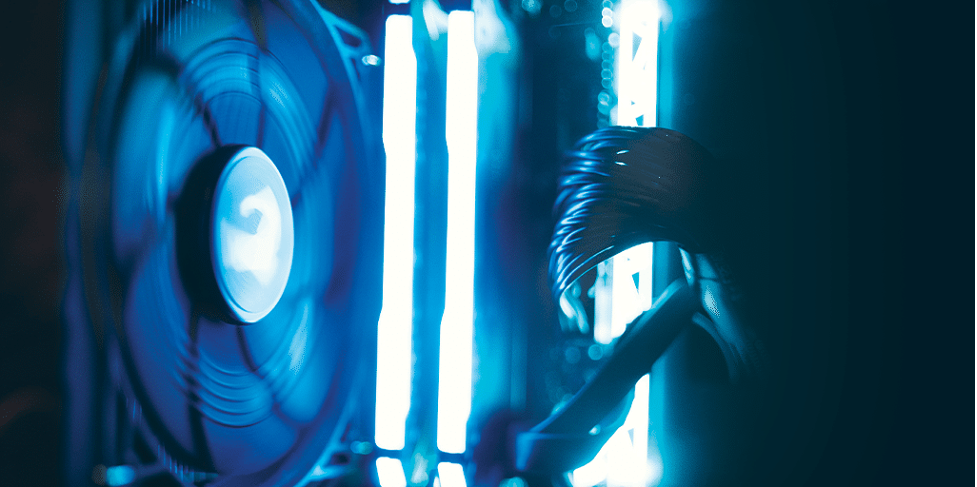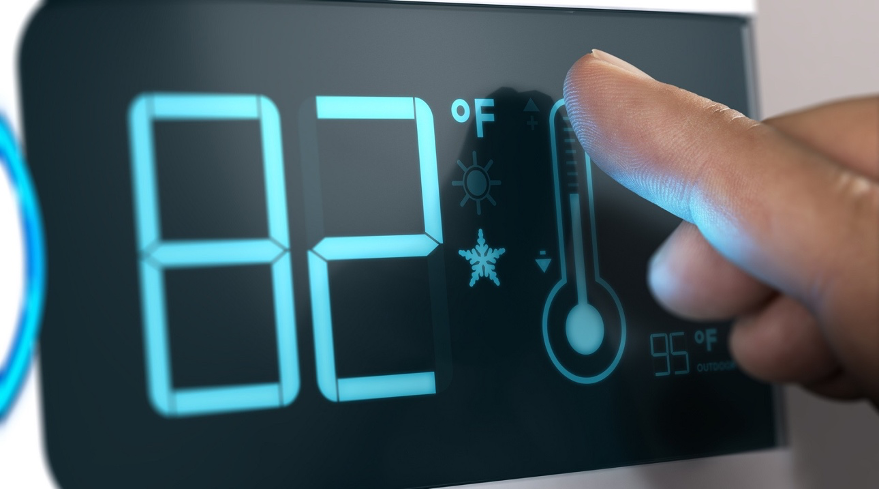There are many things to talk about when explaining how data centers work. We can spend a day talking about how they came to life and their history, the way they operate and the way things are handled inside, the benefits they provide to anyone who wants to use it, and we can even talk about the different architectural styles of data centers found in the world. Believe it or not, we already have talked about most of these subjects. And yes, you can take a look at them whenever you need to. All you have to do is to head towards our website AiNET and just enjoy.
Today, we will be explaining what “the hot spot” and “the cold spot” means when it comes to data centers.

The Cold and Hot Spot of Data centers.
It is a known fact that computer rooms have always been kept cold. However, there are a number of factors for that. For example, cooling the area helps prohibit the expensive equipment from overheating. This is considered an extremely crucial step to a level that as a rule. It is important to increase the temperature with the increase of servers.
Another factor is related to the cost of the power used. Historically, the power cost was a very small proportion of the cost to run a data center (we can’t say the same for the current days.)
Not keeping your equipment in the right temperature level can result in serious risks such as:
- Your servers stop performing at their peak or, even worse, stop from responding at all.
- Your server reliability will be reduced.
- Increased data loss.
When constructing a data center, you have to consider the best options to ensure efficiency from it being the hot and cold aisle. The first step is to learn the difference between the two.
So, what is “the cold spot”?
As we mentioned above, data centers produce a lot of heat, and now that we know why overheating is risky, we know why it is always on top of the minds of data center operators. Traditionally, there are 2 ways that data centers are cooled down and protected:
- Air conditioning
- Specific server rack layout
The latter being – the colder sides of the servers facing each other creating the colder aisle (facing the air conditioner output ducts) and the hotter sides of the server doing the same (however, facing the air conditioner return ducts), creating the hotter aisle.

The cold spot, exactly as the name entails, is where the temperature is cold, due to excessive cooling, whereas the hot spot is when the temperature is too hot. Both are serious issues and should be immediately checked to neglect any damage from being done.
For cold spots, condensation may form resulting in the accumulation of water in a location which may damage the equipment found. Similarly, the discovery of a hot spot should be followed by detailed checkup to address the condition.
We all know you want to learn more. Don’t worry, we got you covered. Visit AiNET for more blogs!
